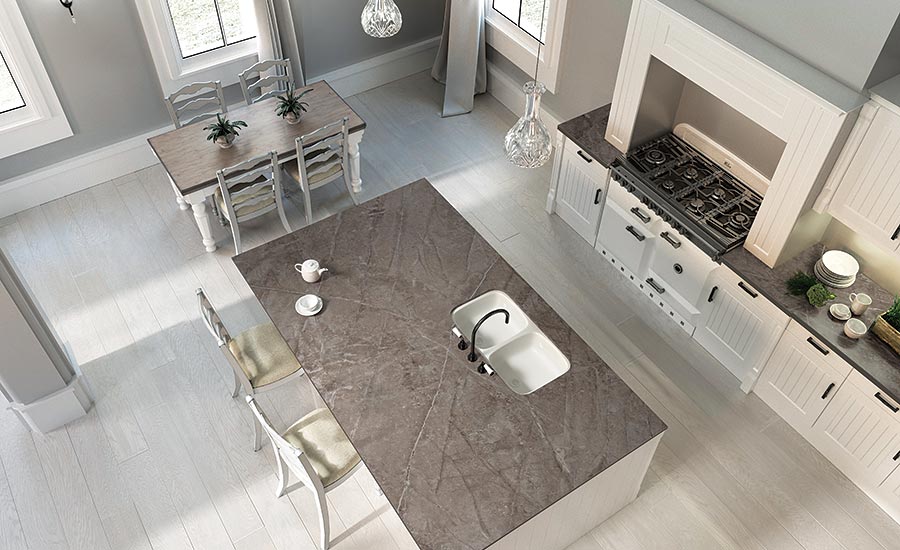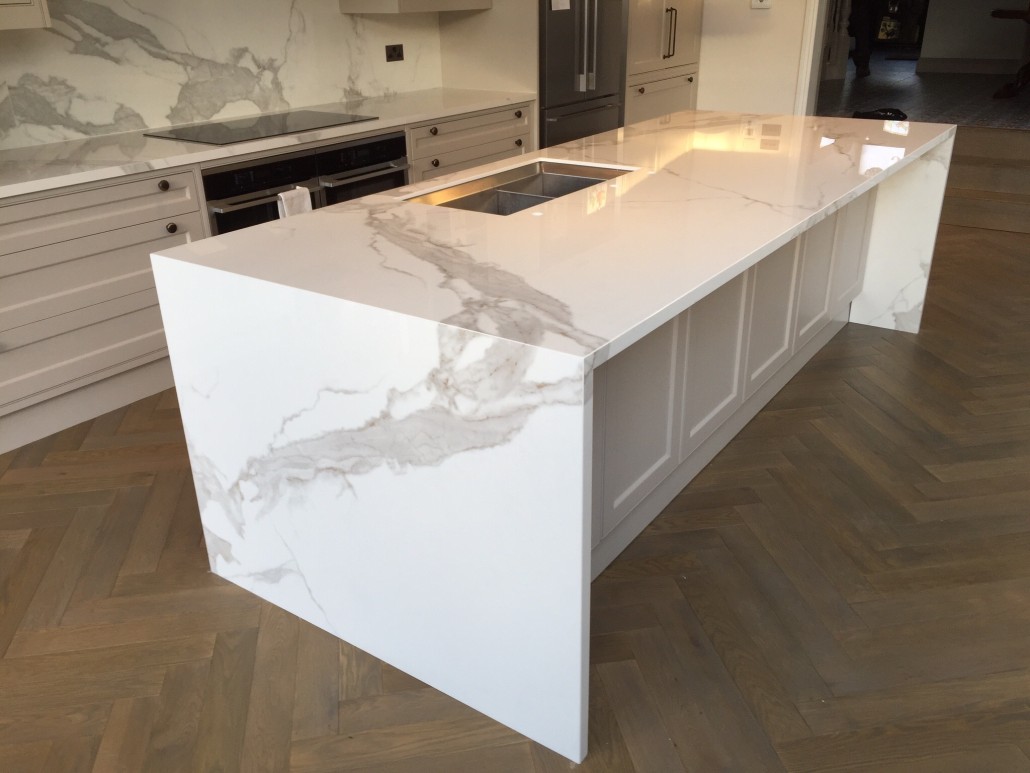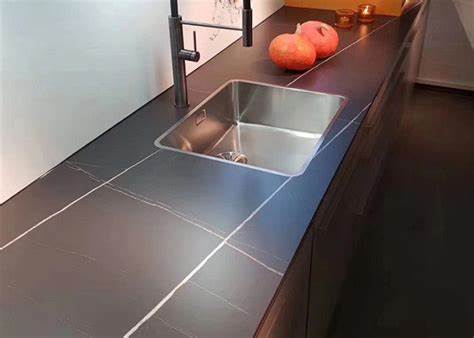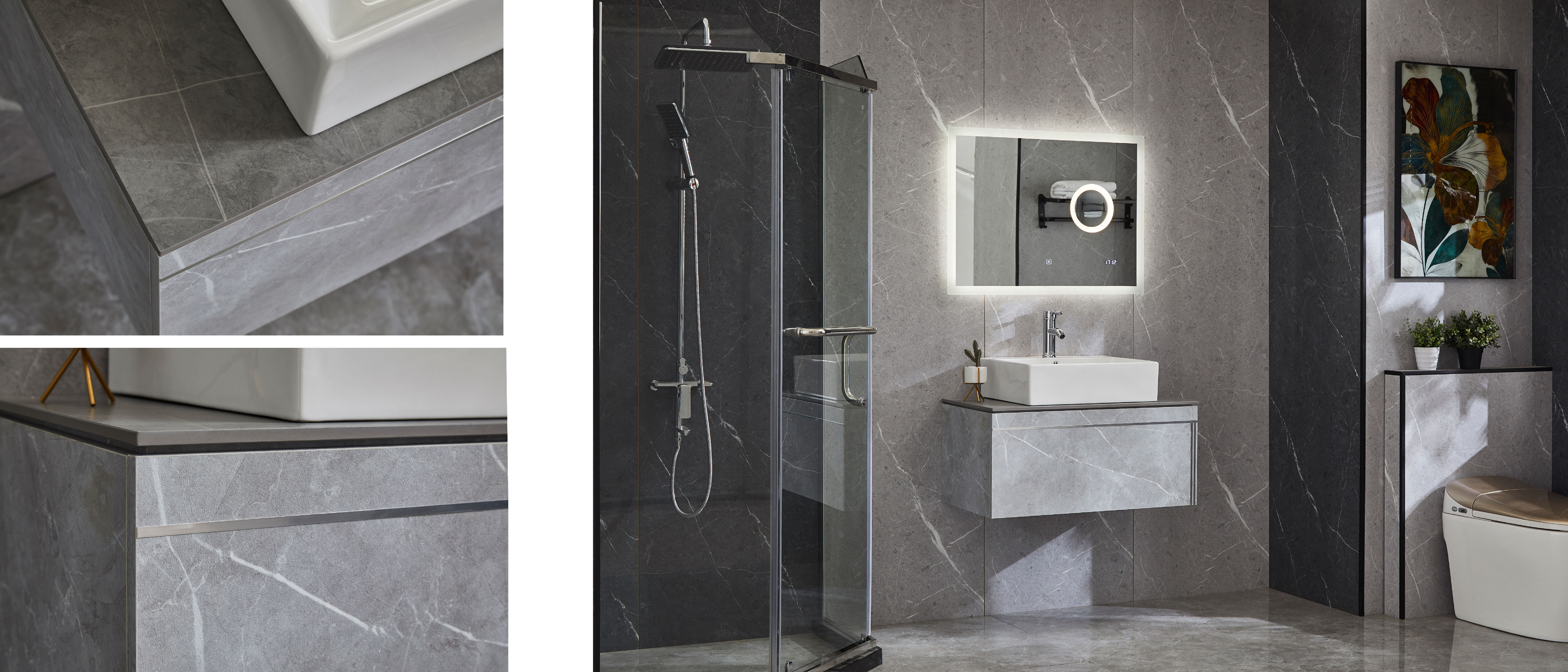What is the sintered stone?
Did you think quartz and granite were the eternal kings of kitchen countertops? Nope, there’s a challenger in the form of sintered stone countertops. So what is it and why would you use it?

Well, they say the kitchen is the heart of a home – you know, the place where you cook and entertain, and where your guests first fix their judgy gaze. When it comes time to renovate it, one of the most important choices you’ll face is determining your countertop material. There, it seems as though the high-end countertop game has, for a long time, been dominated by quartz and granite.
But wait, there’s more! It turns out that a newer player has been wending itself into the market. I’m talking about sintered stone, which to me kind of looks like Quartz 2.0. It promises to strong, durable, and resistant to nearly anything; indeed, as I’ll soon show you, it may be an absolutely badass material. It’s rumored that you can even cook on it!
Are Sintered Stone Countertops Best for a Stunning Kitchen?
Table of Contents
What is Sintered Stone?
Sintered stone is a stone-based surface material that is often made to look like other materials. It can be made to resemble natural stones, tiles, wood, and other smooth or textured surfaces.
Also, it can be made to be a variety of colors, textures, and sizes. And, it’s almost always lighter than other materials, too. Sintered stone usually weights around 1.1 – 1.5 pounds per square foot. This makes it very light yet durable.
You may see the stone as kitchen counters, vanities, stairs, and flooring. It can also provide surfaces for massive areas like outdoor flooring, swimming pools, and at spas.
How is Sintered Stone Manufactured?
The manufacturing process mimics the way natural stones are made, but it doesn’t take thousands of years! Rather, with modern technology, sintered stone can be put together far more quickly.

To make it, workers take stone particles and introduce them to heat and pressure that mimic what happens in the earth; the result is man-made stone, and the previous particles are bonded together permanently.

Particles are chosen based on what the finished product will look like. The color and quality of the particles are tested and then sent to become the final product. Next, workers take their time to make precise cuts into the material. Cutting is the longest part of the process, but the part that costs the most if messed up.

Indeed, the stone can get heavy and it is hard to cut, so it makes it difficult to cut off excess at the project site. This is also why you’ll normally need to go with professional installation.
